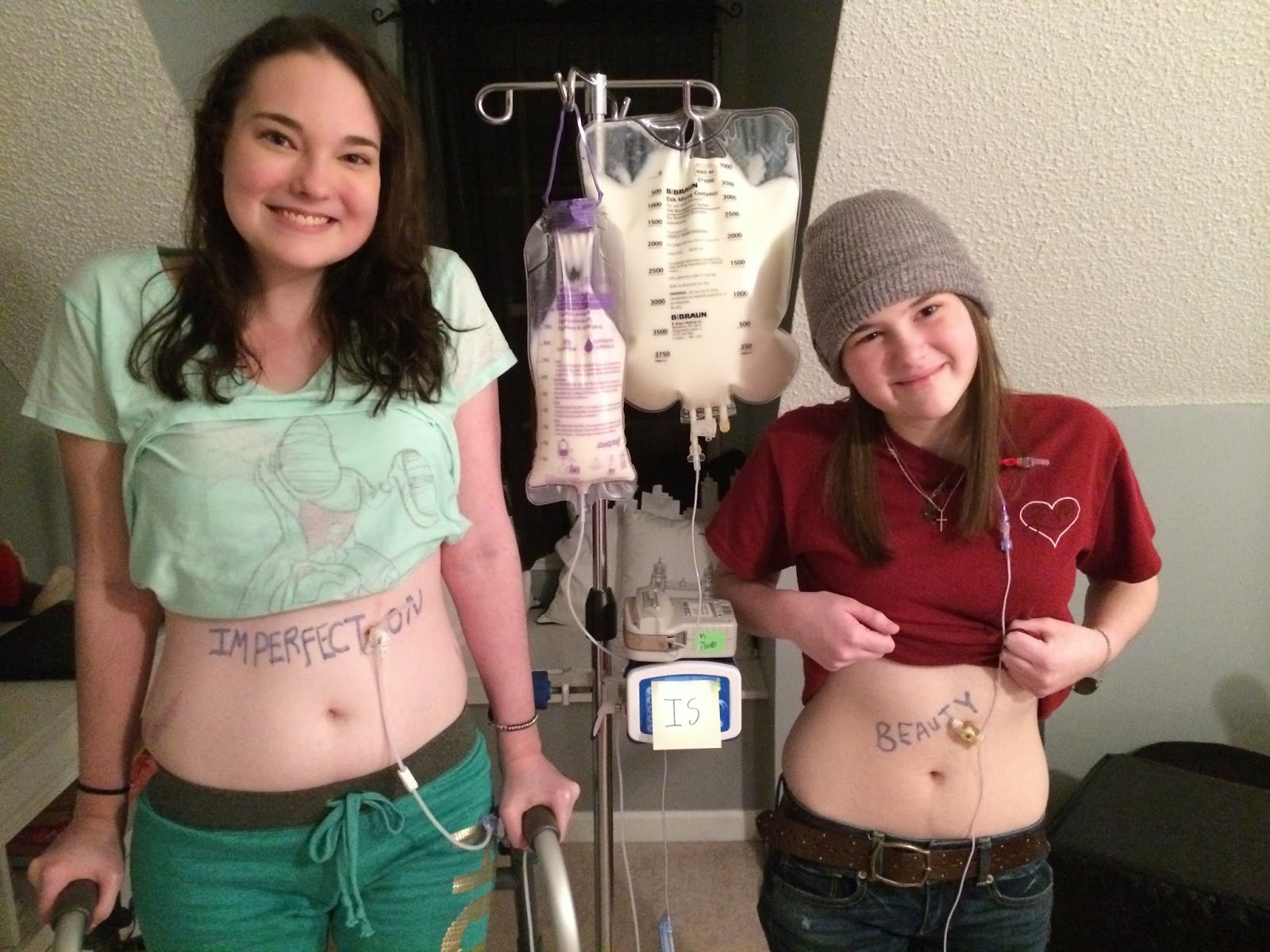Living at home with a feeding tube can be challenging, but with the right resources, information, and support, it is possible to maintain a good quality of life. One of the most challenging aspects is the myriad of feeding tube supplies required to administer it and live with a feeding tube at home. Organizing feeding tube supplies at home can make the tube-feeding process much smoother and more efficient. We’ll share some of the most essential feeding tube supplies and 10 tips our community members have shared with us about how to best organize them when at home.
What feeding tube supplies are needed when at home?
Tube feeding at home requires a number of vital supplies to ensure the process runs safely and without a hitch. Here are some feeding tube supplies that may be needed. Note that these vary depending on your tube and treatment plan:
1. Feeding pump: A device that delivers formula or food through the feeding tube. You may need an electronic feeding pump to facilitate an accurate feeding rate.
2. Feeding bags: Plastic bags that contain the formula or food and connect to the feeding pump.
3. Feeding tube: A long, flexible tube used to deliver the formula or food directly into the stomach or intestine. There are different types of feeding tubes available.
4. Extension sets: Small tubes that connect the feeding tube to the feeding bag or pump.
5. Syringes: Used to flush the feeding tube with water and/or to administer medications or additional water if needed.
6. Formula or food: Specialized liquid or powdered nutrition delivered through the feeding tube.
7. Water: Used to flush the feeding tube before and after feedings.
8. Gauze or bandages: Used to protect the skin around the feeding tube and absorb any leaks or spills.
9. Gloves: Worn during the feeding process to ensure cleanliness and hygiene.
10. Cleaning supplies: Soap, water, and alcohol wipes to clean the feeding pump, feeding bags, and the feeding tube site.
How do I organize all of these feeding tube supplies?
As you can see, there’s a lot to manage and store. Below are 10 tips for organizing your feeding tube supplies at home:
1. Designate a specific area: Designate a specific area in your home where you can store your feeding supplies. This can be a shelf, cabinet, or drawer, and it should be easily accessible.
2. Use containers and label them: Use plastic or fabric containers to keep your supplies organized (we prefer see-through plastic so you can quickly see available supplies). Label the containers to make it easy to find what you need.
3. Keep a stock of supplies: Make sure you have an adequate stock of supplies, so you don’t run out. This includes feeding bags, extension sets, syringes, and formula or food.

4. Mobile organization: If you have an electronic feeding pump and want to be mobile in your own house or need to go out for errands/social activities (we know you have a life outside of this), set up your feeding pump and set inside the Fluid Motion Backpack and you’ll be ready to roll.
5. Keep a schedule: Keep a schedule of your feedings, including when to replace your feeding bag and when to order more supplies. This can help you stay organized and prevent you from running out of supplies.
6. Store supplies properly: Follow the manufacturer’s instructions for storing your supplies. Some items may need to be refrigerated or kept in a dry place.
7. Free your floor space from the IV pole: The FreeArm holds gravity syringe feeds, pump feeds, and infusions at home and on-the-go. The FreeArm clamps easily to a crib, bed or table, freeing your floor space from that cumbersome IV pole. The FreeArm also clamps to rounded bars like on a wheelchair, stroller or rolling cart- organized with ALL of your feeding tube supplies!

8. Clean and sanitize: Clean and sanitize your feeding supplies regularly to prevent contamination. Use soap and water or alcohol wipes to clean your feeding pump, feeding bags, and the feeding tube site.
9. Create a checklist: We’re fans of checklists! Create a checklist of all the supplies you need and make sure you have everything before starting the feeding process.
10. Dispose of supplies properly: Dispose of used supplies properly to prevent contamination and infection. Follow your healthcare provider’s instructions for disposing of supplies.
By following these tips, you can keep your feeding tube supplies organized and ensure that you have peace of mind knowing where everything is. It’s important to keep all supplies clean and stored properly to reduce the risk of infection or feeding tube complications. Your healthcare provider can provide specific guidance on the types and amounts of supplies needed for your individual situation. If you have more questions, check out our Tube Feeding Resource Hub.

